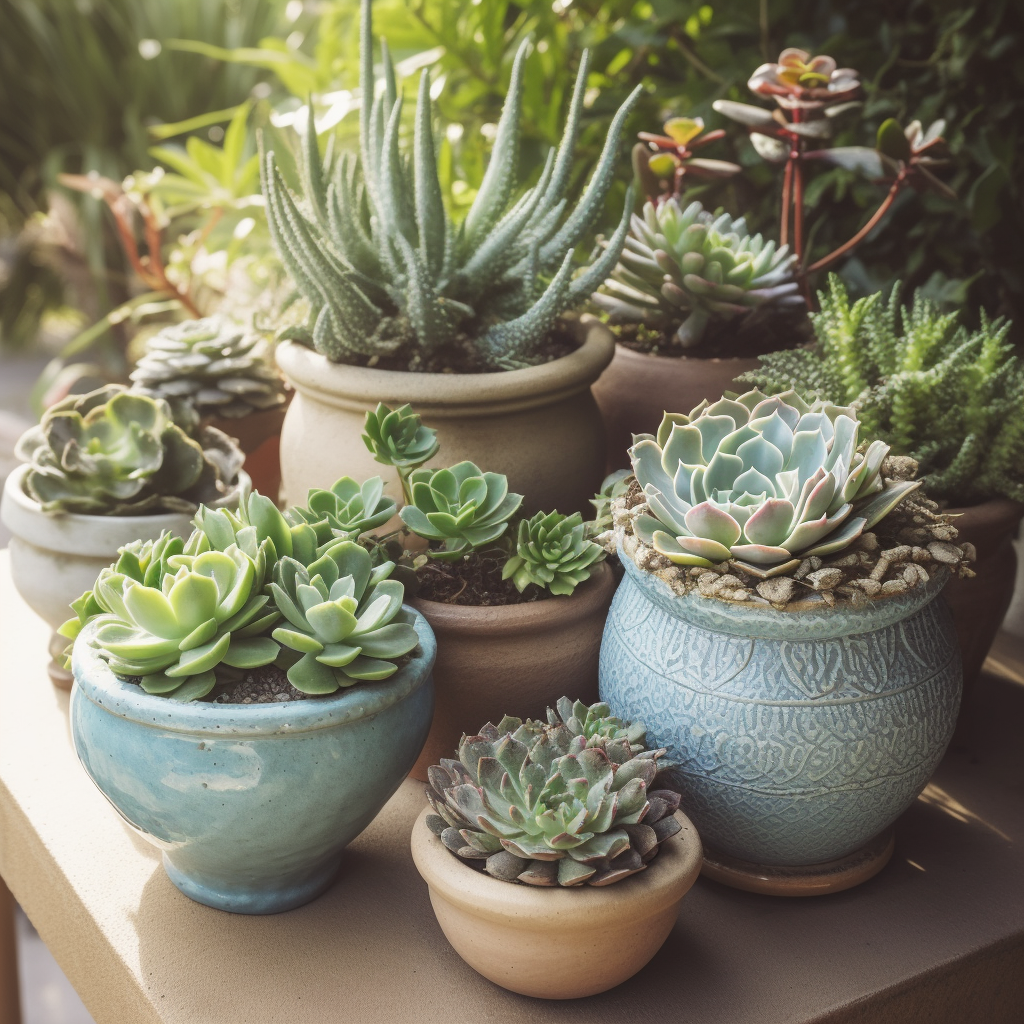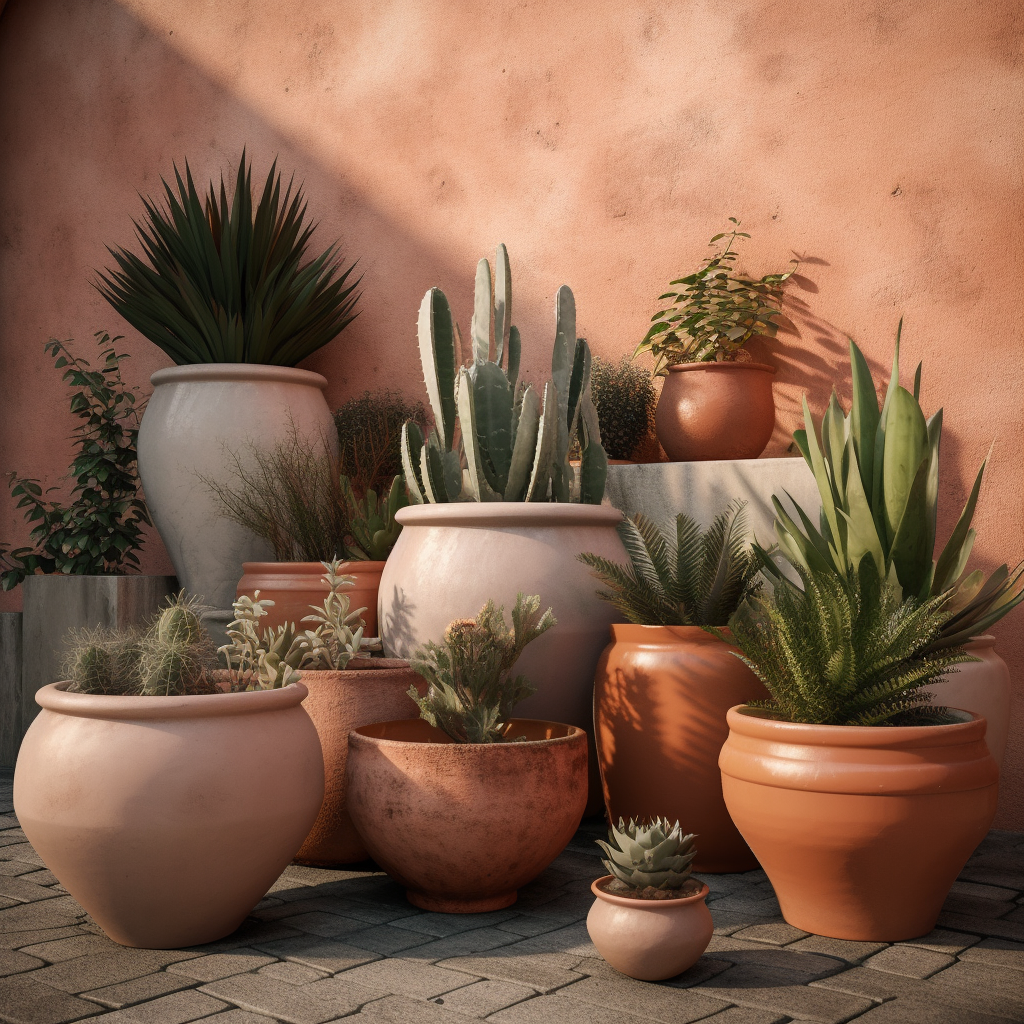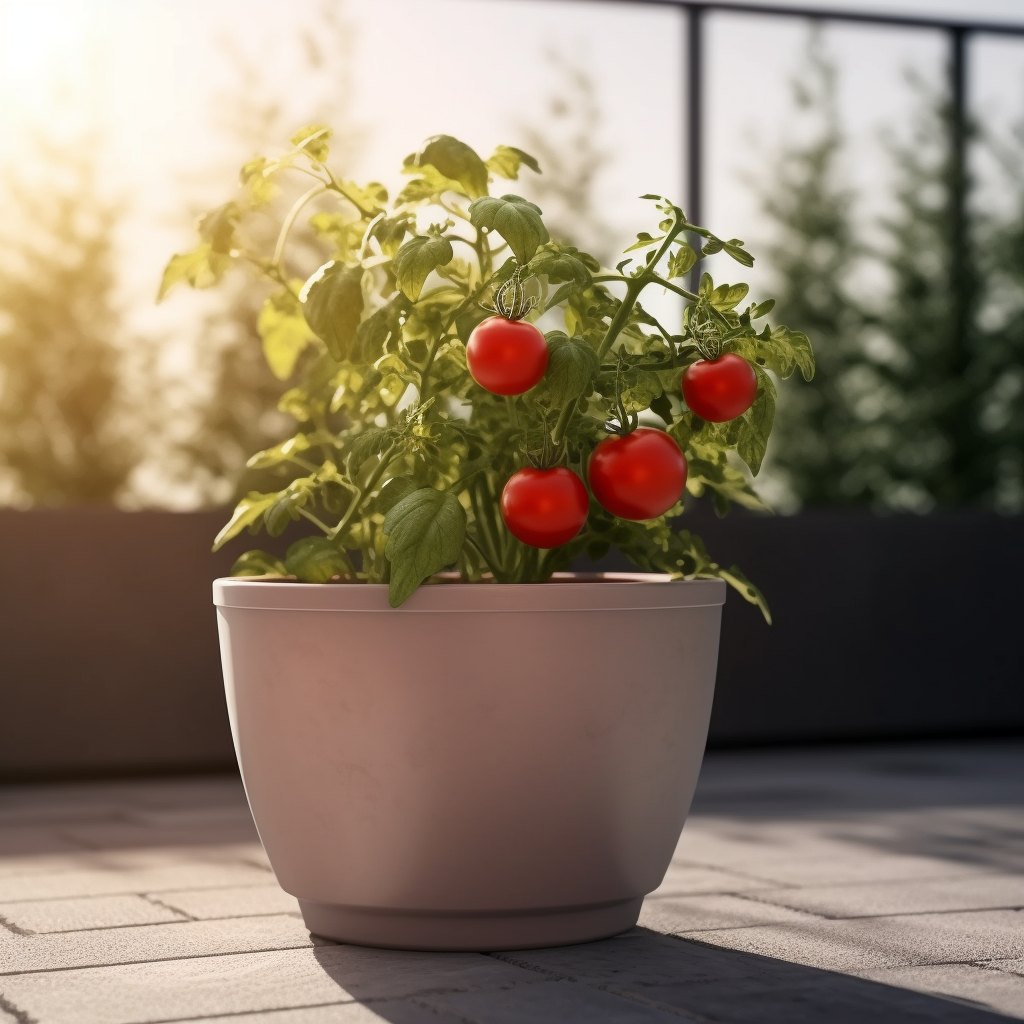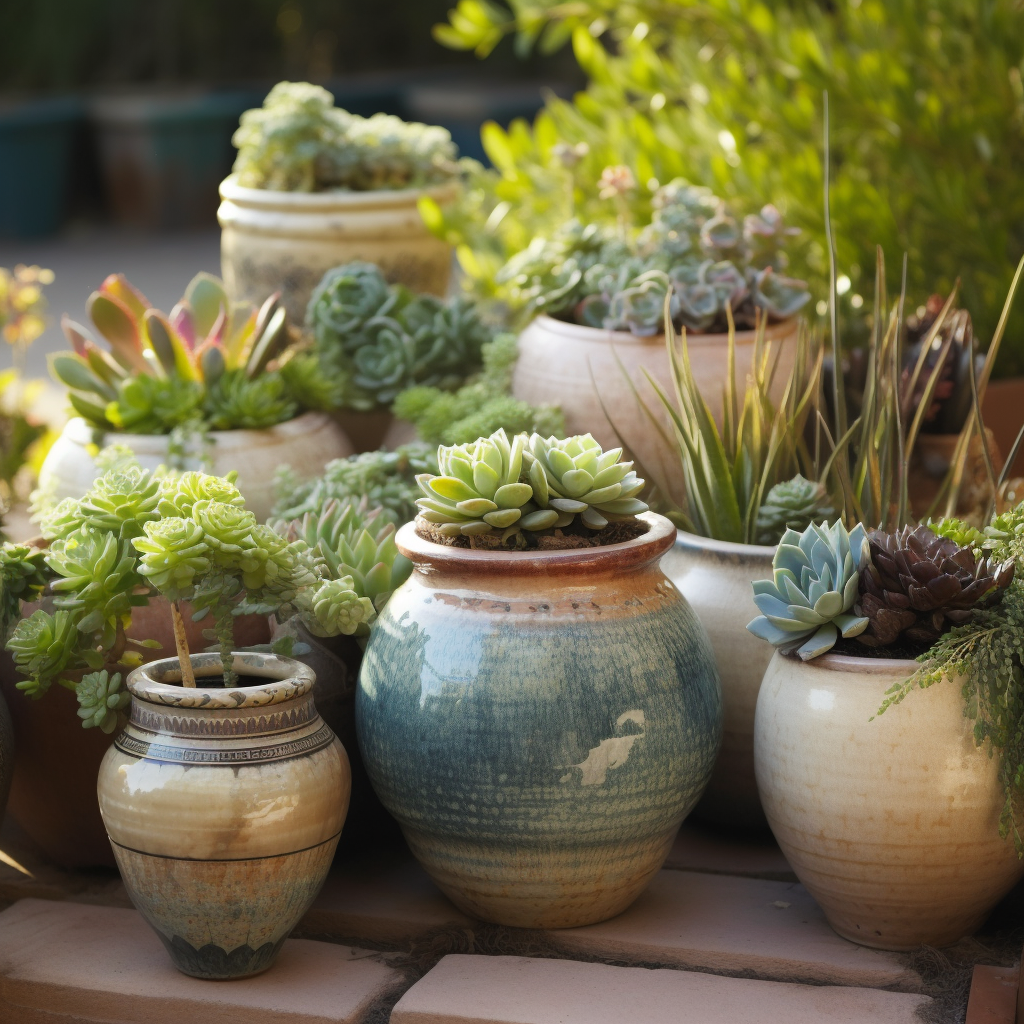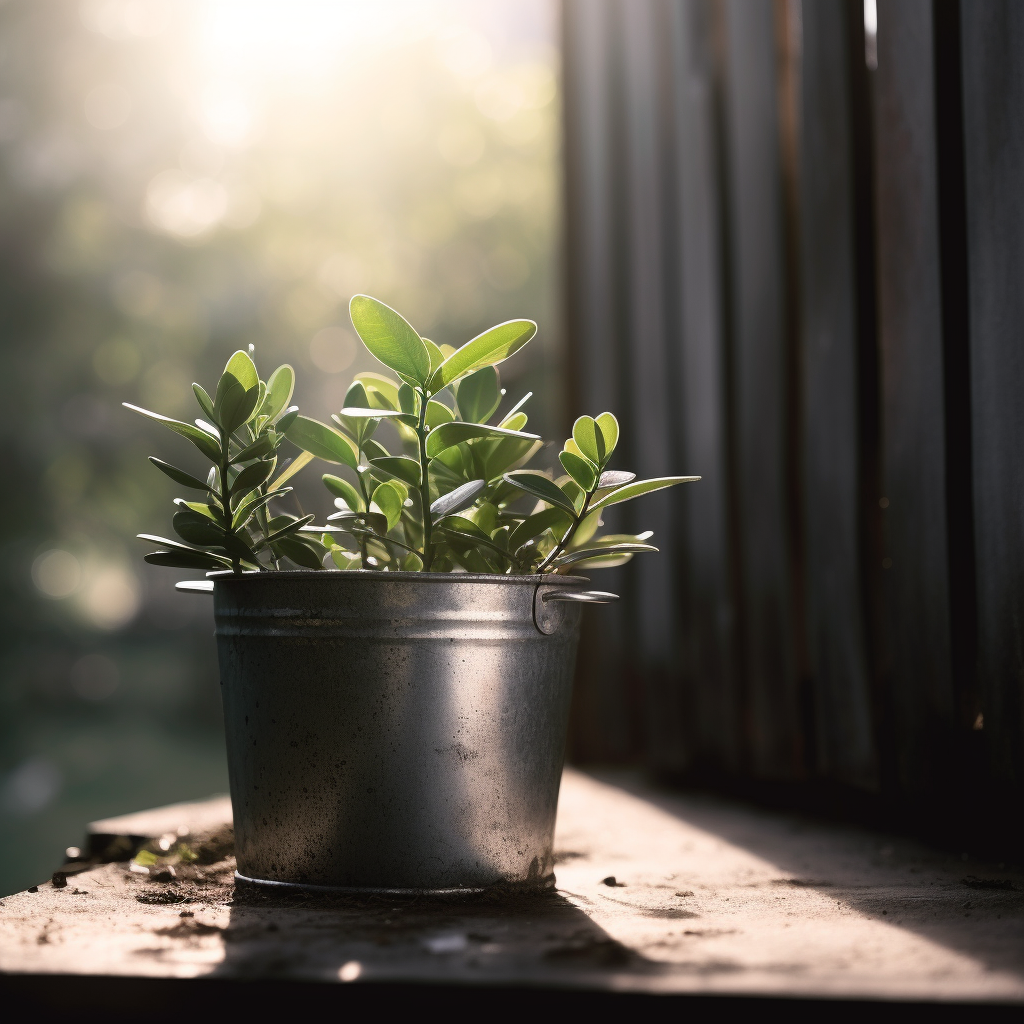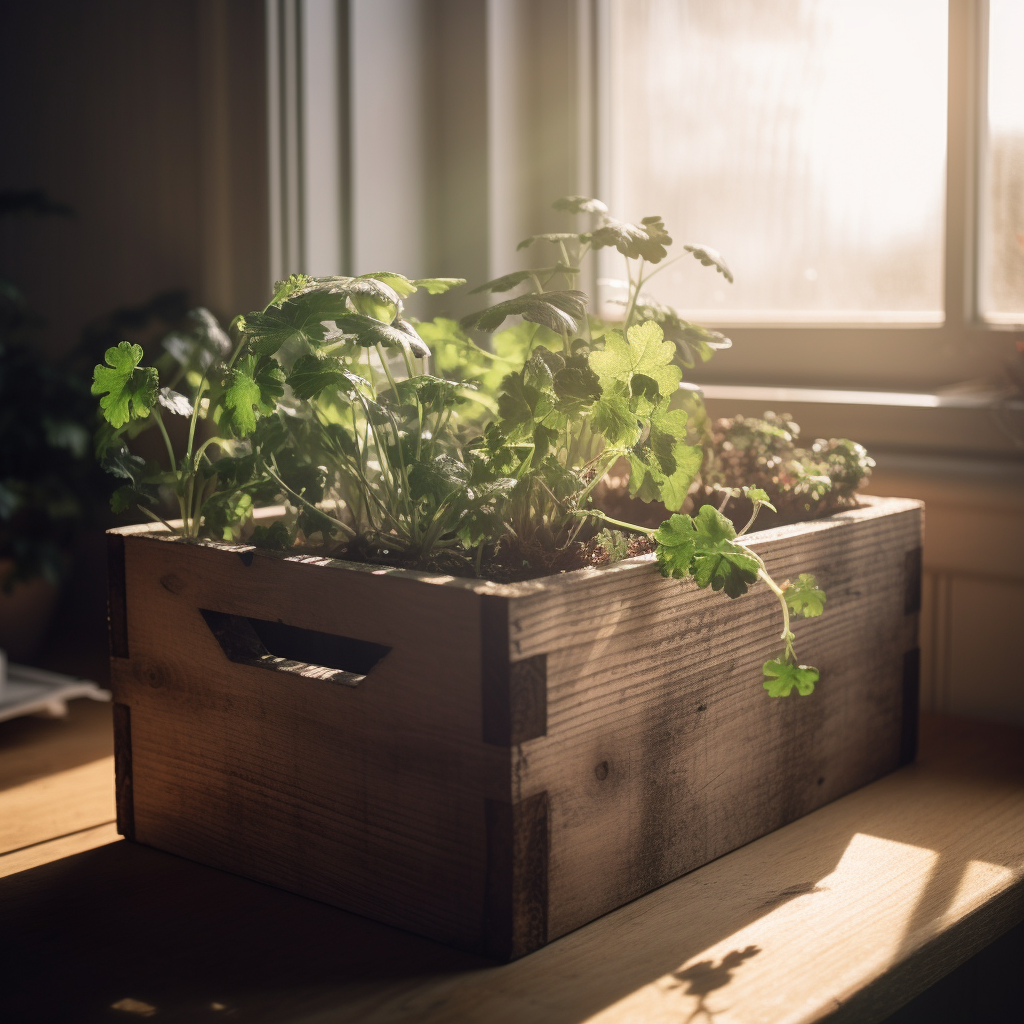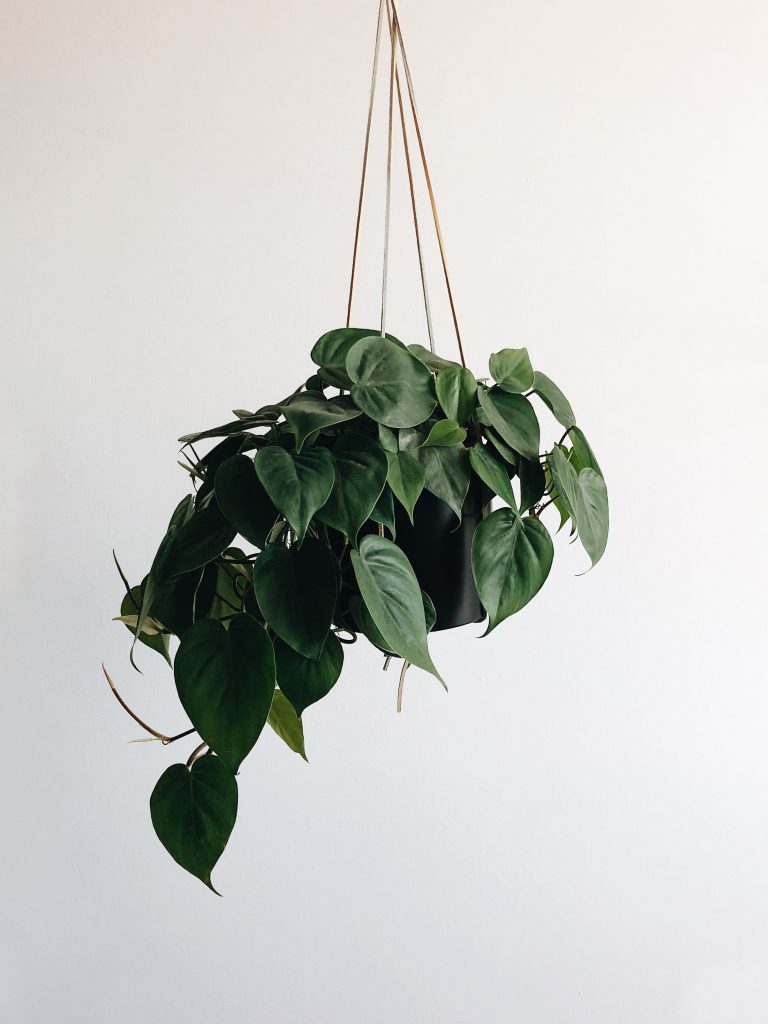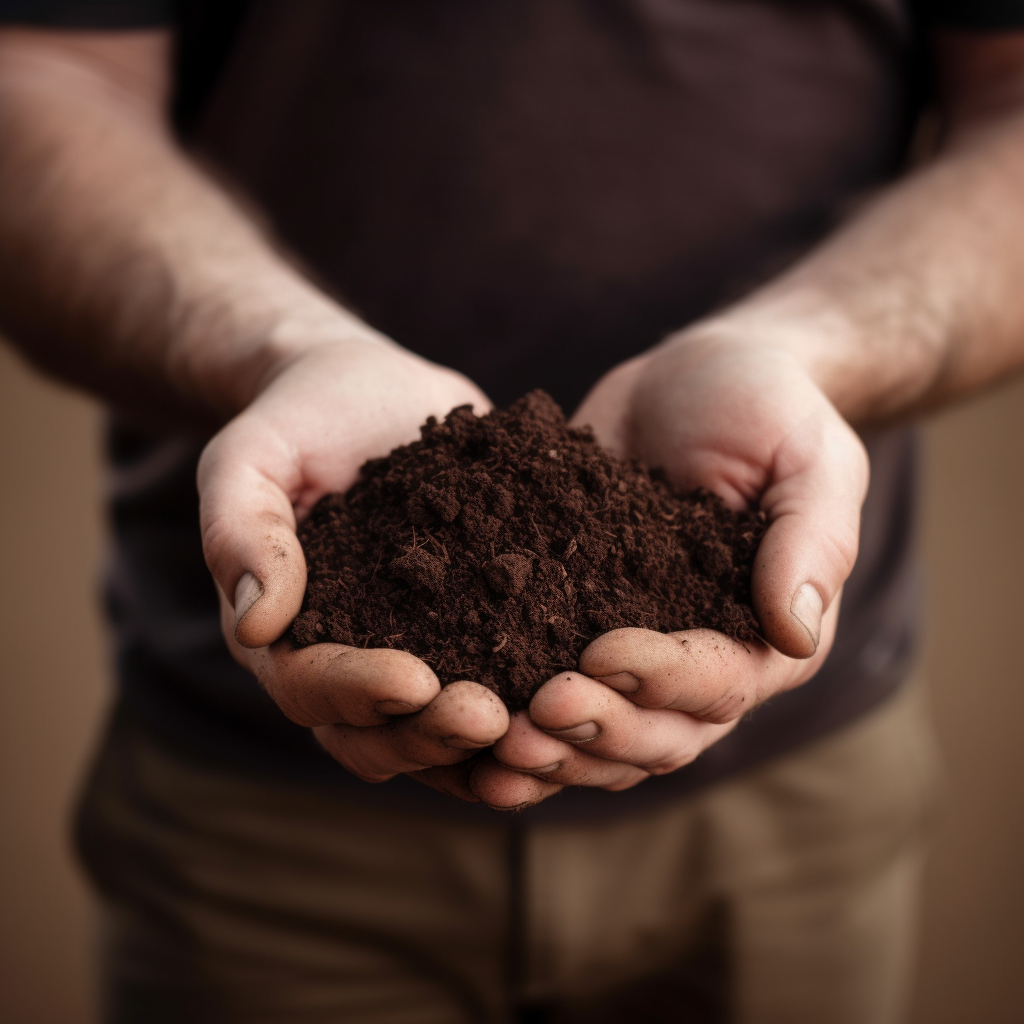Getting Kids Involved in Gardening: Cultivating a Love for Nature and a Healthy Lifestyle
If you’re looking for a fun and educational activity to do with your kids, why not try gardening? Gardening is a great way to get kids outside, teach them about nature and sustainability, and even get them excited about eating their fruits and veggies. Plus, it’s a great way to get your hands dirty and have some fun together! In this article, we’ll give you the lowdown on how to get started gardening with kids and make it a fun and rewarding experience.
Choosing a Garden Space
The first step in gardening with kids is choosing a garden space. Depending on where you live, you may have different options available. If you have a backyard, that’s a great place to start. You can also look into community gardens or consider creating a container garden on your porch or balcony. When choosing a garden space, there are a few things to consider. First, make sure the space gets plenty of sunlight. Most plants need at least six hours of direct sunlight per day to grow well. You’ll also want to choose a space that’s easily accessible for you and your kids. If you have young children, you may want to choose a space that’s close to your house so you can keep an eye on them while you garden.
Planning and Preparing the Garden
Once you’ve chosen a garden space, it’s time to start planning and preparing the garden. This is a great opportunity to involve your kids in the process. Get them excited about the garden by showing them pictures of different plants and letting them help choose what to grow. You can also have them help prepare the soil by raking it, removing weeds, and adding compost or other soil amendments. When choosing plants, consider ones that are easy to grow and maintain. Some great options include tomatoes, cucumbers, peppers, strawberries, and herbs like basil and mint. You’ll also want to make sure you have the right tools and materials, like gloves, shovels, watering cans, and plant stakes.
Getting Kids Involved in Gardening
Introducing children to gardening can provide them with a sense of accomplishment and responsibility, as well as an opportunity to learn about nature and develop healthy eating habits. By involving kids in the gardening process, you can create a fun and educational activity that fosters family bonding and promotes a love for the environment.
- Age-appropriate tasks
To make gardening enjoyable for kids, assign age-appropriate tasks that match their abilities and interests. For younger children, tasks like planting seeds, watering plants, or picking ripe produce can be both fun and educational. As they grow older, kids can take on more complex tasks such as weeding, pruning, and harvesting.
- Harvest & Snack
When I first planted veggies with my toddler, I was hesitant to involve my son in some of the basic tasks of planting and thinning the seedlings. I was initially frustrated when he would pick small seedlings, or take bites out of the young plants. I quickly came to realize, however, that what my son loved the most was being able to pick veggies from the patch that we’d planted and eat them anytime he wanted. It may sound counter-intuitive to some of the basic gardening principles– but I am a big fan of the “harvest & snack” approach. Our kids can pick veggies from the garden and eat them anytime they want. Not only has the amount of veggies that he’s willing to eat drastically increased, but he looks forward to gardening and the sense of independence that he gets from deciding when and what to harvest as he helps me out.
- Plant selection
Choose plants that are easy to grow and have a high success rate. Quick-growing plants like radishes, lettuce, and sunflowers can provide a sense of accomplishment for young gardeners. Also, consider planting fruits and vegetables that your kids enjoy eating, as this will encourage them to take an active interest in the garden’s progress and harvest.
- Theme gardens
To spark your child’s interest in gardening, consider creating a theme garden based on their favorite characters, books, or movies. For example, you could plant a butterfly garden, a pizza garden with tomatoes, peppers, and herbs, or a rainbow garden with colorful flowers and vegetables. Theme gardens provide a creative and engaging way for kids to learn about plants and gardening.
- Garden-related activities
In addition to hands-on gardening tasks, there are many garden-related activities that can keep kids engaged and excited about the garden. Nature walks can help children learn about local plants and animals, while bug hunts can teach them about the various insects that inhabit the garden ecosystem. Garden art projects, such as painting rocks or creating stepping stones, can encourage creativity and personal expression.
- Garden scavenger hunt
A garden scavenger hunt can be a fun and educational way to explore the garden. Create a list of plants, insects, or other garden features for kids to find and check off as they discover them. This activity can be tailored to different age groups by adjusting the difficulty level or incorporating riddles and clues.
- Encourage questions and exploration
Fostering a sense of curiosity and wonder is essential for keeping kids engaged in gardening. Encourage your children to ask questions, make observations, and explore the garden on their own. This will help them develop critical thinking skills, as well as a deeper appreciation for the natural world.
- Celebrate successes
Acknowledging and celebrating your child’s gardening achievements can boost their confidence and motivation. When they successfully grow a plant from seed or harvest their first vegetables, make a big deal out of it. Share their successes with family and friends, and incorporate their homegrown produce into family meals.
- Learning opportunities
Gardening provides numerous opportunities for kids to learn valuable life skills. In addition to developing patience, responsibility, and problem-solving abilities, gardening can teach children about environmental stewardship, nutrition, and the importance of a healthy lifestyle.
- Be patient and flexible
Remember that gardening with kids is about the experience and the process, not just the end result. Be patient with their progress, and allow for mistakes and setbacks. Most importantly, keep the atmosphere fun and lighthearted, making gardening an enjoyable and rewarding activity for the entire family.
By involving kids in the gardening process and providing them with age-appropriate tasks and engaging activities, you can help cultivate a love for nature and gardening that will last a lifetime. These experiences will not only create lasting memories but will also lay the foundation for a healthy, environmentally conscious lifestyle.
Teaching Kids About Nature and Sustainability
Gardening is a great way to teach kids about nature and sustainability. You can use the garden as a way to teach kids about the life cycles of plants and animals, as well as the importance of healthy soil and ecosystems. You can also teach kids about composting and how to reduce waste by using compostable materials in the garden. Gardening can also help teach kids about their impact on the environment and how they can make a positive difference by growing their own food and reducing their carbon footprint.
Healthy Eating and Nutrition
Another great benefit of gardening with kids is the connection between gardening and healthy eating. Gardening is a great way to get kids excited about trying new fruits and vegetables, and can help them develop healthy eating habits. When kids grow their own food, they’re more likely to be interested in trying it and eating it. You can use the garden as a way to teach kids about the nutritional value of different fruits and vegetables and how they can benefit their bodies. You can also involve your kids in meal planning and cooking, using the produce from the garden to make healthy and delicious meals together.
Overcoming Challenges
Of course, gardening with kids isn’t always easy. There may be challenges like lack of interest, pests, or bad weather. But don’t let these challenges discourage you! There are plenty of ways to overcome these challenges and make gardening with kids a success. If your kids are losing interest, try creating new garden-related activities or getting them involved in a new aspect of gardening. If pests are a problem, try using natural pest control methods like companion planting or insecticidal soap. And if bad weather strikes, use it as an opportunity to teach kids about the importance of water conservation and protecting plants from the elements.
Gardening with kids is a fun and rewarding activity that can teach kids about nature, sustainability, healthy eating, and more. By involving your kids in the planning, preparation, and maintenance of the garden, you can create a fun and educational experience that the whole family can enjoy. So grab your gardening gloves, get outside, and get growing with your kids!
Getting Kids Involved in Gardening: Cultivating a Love for Nature and a Healthy Lifestyle
If you’re looking for a fun and educational activity to do with your kids, why not try gardening? Gardening is a great way to get kids outside, teach them about nature and sustainability, and even get them excited about eating their fruits and veggies. Plus, it’s a great way to get your hands dirty and have some fun together! In this article, we’ll give you the lowdown on how to get started gardening with kids and make it a fun and rewarding experience.
Choosing a Garden Space
The first step in gardening with kids is choosing a garden space. Depending on where you live, you may have different options available. If you have a backyard, that’s a great place to start. You can also look into community gardens or consider creating a container garden on your porch or balcony. When choosing a garden space, there are a few things to consider. First, make sure the space gets plenty of sunlight. Most plants need at least six hours of direct sunlight per day to grow well. You’ll also want to choose a space that’s easily accessible for you and your kids. If you have young children, you may want to choose a space that’s close to your house so you can keep an eye on them while you garden.
Planning and Preparing the Garden
Once you’ve chosen a garden space, it’s time to start planning and preparing the garden. This is a great opportunity to involve your kids in the process. Get them excited about the garden by showing them pictures of different plants and letting them help choose what to grow. You can also have them help prepare the soil by raking it, removing weeds, and adding compost or other soil amendments. When choosing plants, consider ones that are easy to grow and maintain. Some great options include tomatoes, cucumbers, peppers, strawberries, and herbs like basil and mint. You’ll also want to make sure you have the right tools and materials, like gloves, shovels, watering cans, and plant stakes.
Getting Kids Involved in Gardening
Introducing children to gardening can provide them with a sense of accomplishment and responsibility, as well as an opportunity to learn about nature and develop healthy eating habits. By involving kids in the gardening process, you can create a fun and educational activity that fosters family bonding and promotes a love for the environment.
- Age-appropriate tasks
To make gardening enjoyable for kids, assign age-appropriate tasks that match their abilities and interests. For younger children, tasks like planting seeds, watering plants, or picking ripe produce can be both fun and educational. As they grow older, kids can take on more complex tasks such as weeding, pruning, and harvesting.
- Harvest & Snack
When I first planted veggies with my toddler, I was hesitant to involve my son in some of the basic tasks of planting and thinning the seedlings. I was initially frustrated when he would pick small seedlings, or take bites out of the young plants. I quickly came to realize, however, that what my son loved the most was being able to pick veggies from the patch that we’d planted and eat them anytime he wanted. It may sound counter-intuitive to some of the basic gardening principles– but I am a big fan of the “harvest & snack” approach. Our kids can pick veggies from the garden and eat them anytime they want. Not only has the amount of veggies that he’s willing to eat drastically increased, but he looks forward to gardening and the sense of independence that he gets from deciding when and what to harvest as he helps me out.
- Plant selection
Choose plants that are easy to grow and have a high success rate. Quick-growing plants like radishes, lettuce, and sunflowers can provide a sense of accomplishment for young gardeners. Also, consider planting fruits and vegetables that your kids enjoy eating, as this will encourage them to take an active interest in the garden’s progress and harvest.
- Theme gardens
To spark your child’s interest in gardening, consider creating a theme garden based on their favorite characters, books, or movies. For example, you could plant a butterfly garden, a pizza garden with tomatoes, peppers, and herbs, or a rainbow garden with colorful flowers and vegetables. Theme gardens provide a creative and engaging way for kids to learn about plants and gardening.
- Garden-related activities
In addition to hands-on gardening tasks, there are many garden-related activities that can keep kids engaged and excited about the garden. Nature walks can help children learn about local plants and animals, while bug hunts can teach them about the various insects that inhabit the garden ecosystem. Garden art projects, such as painting rocks or creating stepping stones, can encourage creativity and personal expression.
- Garden scavenger hunt
A garden scavenger hunt can be a fun and educational way to explore the garden. Create a list of plants, insects, or other garden features for kids to find and check off as they discover them. This activity can be tailored to different age groups by adjusting the difficulty level or incorporating riddles and clues.
- Encourage questions and exploration
Fostering a sense of curiosity and wonder is essential for keeping kids engaged in gardening. Encourage your children to ask questions, make observations, and explore the garden on their own. This will help them develop critical thinking skills, as well as a deeper appreciation for the natural world.
- Celebrate successes
Acknowledging and celebrating your child’s gardening achievements can boost their confidence and motivation. When they successfully grow a plant from seed or harvest their first vegetables, make a big deal out of it. Share their successes with family and friends, and incorporate their homegrown produce into family meals.
- Learning opportunities
Gardening provides numerous opportunities for kids to learn valuable life skills. In addition to developing patience, responsibility, and problem-solving abilities, gardening can teach children about environmental stewardship, nutrition, and the importance of a healthy lifestyle.
- Be patient and flexible
Remember that gardening with kids is about the experience and the process, not just the end result. Be patient with their progress, and allow for mistakes and setbacks. Most importantly, keep the atmosphere fun and lighthearted, making gardening an enjoyable and rewarding activity for the entire family.
By involving kids in the gardening process and providing them with age-appropriate tasks and engaging activities, you can help cultivate a love for nature and gardening that will last a lifetime. These experiences will not only create lasting memories but will also lay the foundation for a healthy, environmentally conscious lifestyle.
Teaching Kids About Nature and Sustainability
Gardening is a great way to teach kids about nature and sustainability. You can use the garden as a way to teach kids about the life cycles of plants and animals, as well as the importance of healthy soil and ecosystems. You can also teach kids about composting and how to reduce waste by using compostable materials in the garden. Gardening can also help teach kids about their impact on the environment and how they can make a positive difference by growing their own food and reducing their carbon footprint.
Healthy Eating and Nutrition
Another great benefit of gardening with kids is the connection between gardening and healthy eating. Gardening is a great way to get kids excited about trying new fruits and vegetables, and can help them develop healthy eating habits. When kids grow their own food, they’re more likely to be interested in trying it and eating it. You can use the garden as a way to teach kids about the nutritional value of different fruits and vegetables and how they can benefit their bodies. You can also involve your kids in meal planning and cooking, using the produce from the garden to make healthy and delicious meals together.
Overcoming Challenges
Of course, gardening with kids isn’t always easy. There may be challenges like lack of interest, pests, or bad weather. But don’t let these challenges discourage you! There are plenty of ways to overcome these challenges and make gardening with kids a success. If your kids are losing interest, try creating new garden-related activities or getting them involved in a new aspect of gardening. If pests are a problem, try using natural pest control methods like companion planting or insecticidal soap. And if bad weather strikes, use it as an opportunity to teach kids about the importance of water conservation and protecting plants from the elements.
Gardening with kids is a fun and rewarding activity that can teach kids about nature, sustainability, healthy eating, and more. By involving your kids in the planning, preparation, and maintenance of the garden, you can create a fun and educational experience that the whole family can enjoy. So grab your gardening gloves, get outside, and get growing with your kids!

